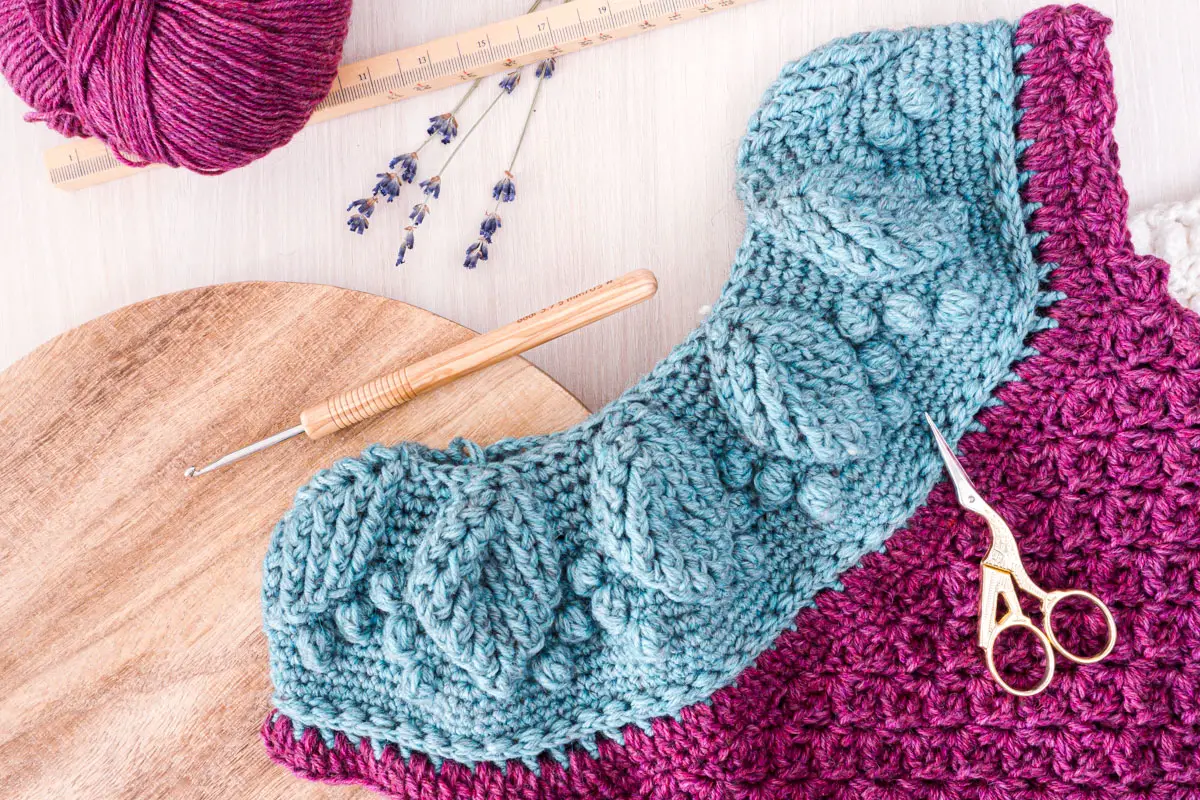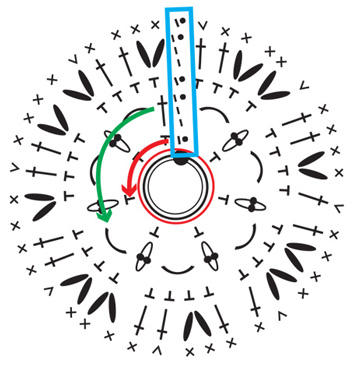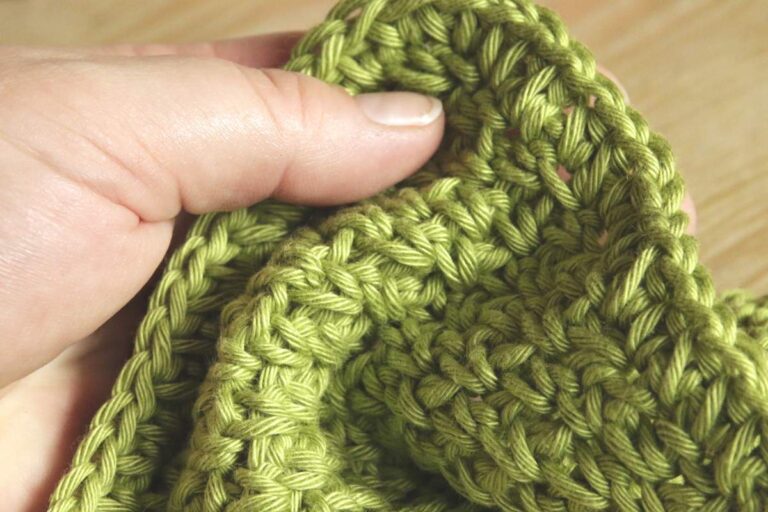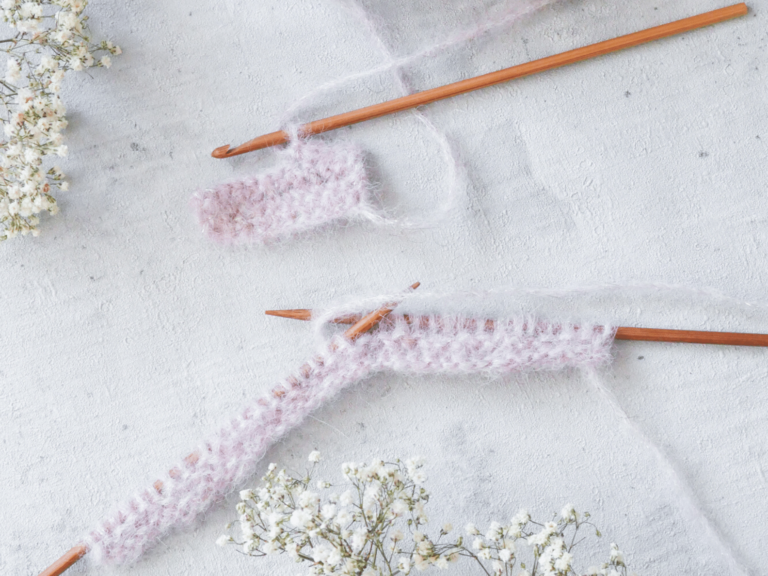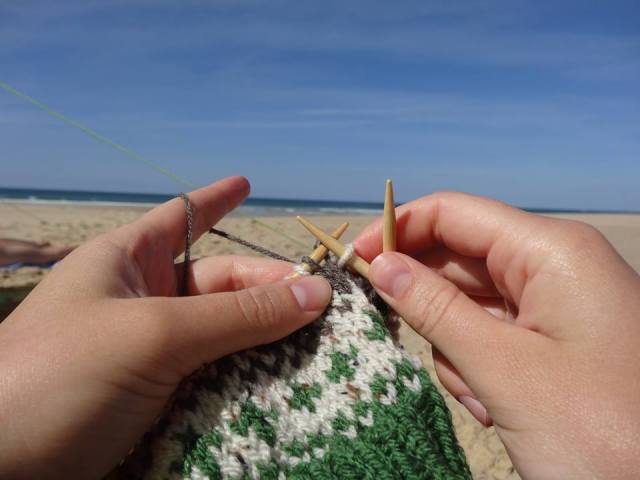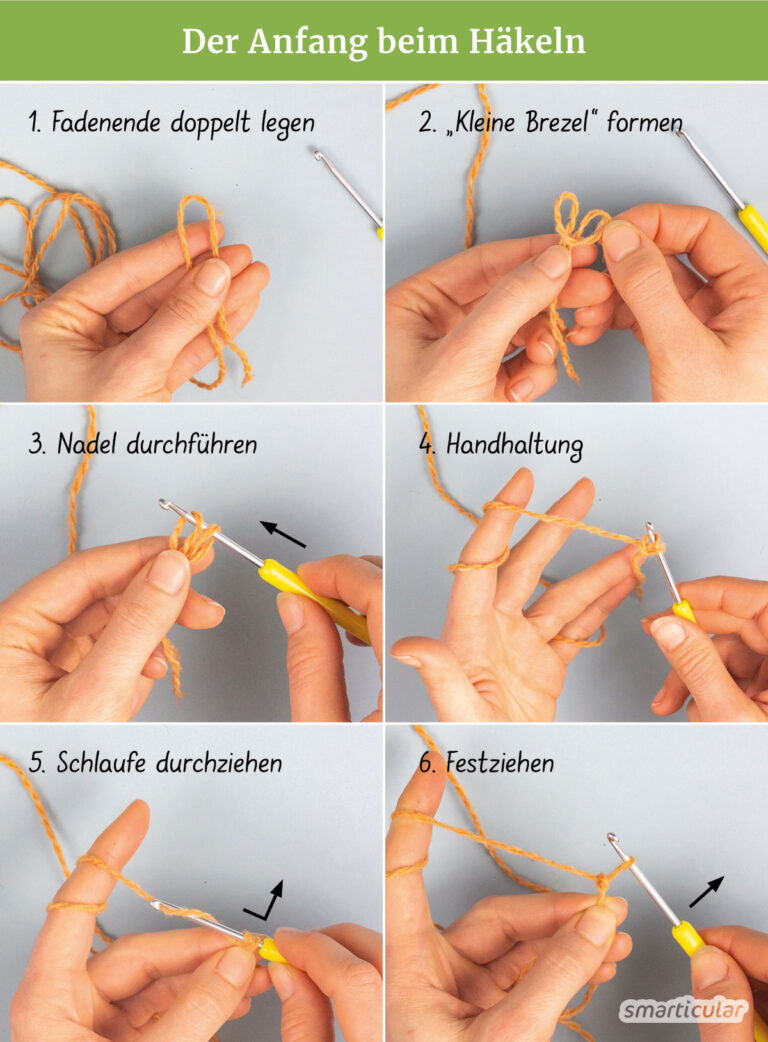Kann Man Mit Jeder Wolle Häkeln
Have you ever wondered if you can crochet with any type of yarn? In this article, we will explore the versatility of crochet and answer the question: “Kann Man Mit Jeder Wolle Häkeln?” Whether you’re a seasoned crochet enthusiast or just starting out, this article will provide insights on the different types of yarn you can use and the endless possibilities that come with them. So grab your crochet hook and let’s discover the world of crochet together!

This image is property of carosfummeley.de.
Getting Started
Understanding the Basics of Crocheting
Crocheting is a versatile and enjoyable craft that allows you to create beautiful and functional items using yarn and a crochet hook. To get started with crocheting, it’s important to understand the basic techniques and stitches. Learning how to hold the crochet hook, make a slip knot, and create the foundation chain are essential skills that will serve as the building blocks for your crochet projects. Additionally, familiarize yourself with common crochet stitches such as single crochet, double crochet, and treble crochet, as they will be used in most patterns.
Selecting the Right Yarn for Crocheting
Choosing the right yarn for your crochet project is crucial for achieving the desired results. Consider factors such as yarn weight, fiber composition, and color. Yarn weight refers to the thickness of the yarn and determines the size of the stitches and the overall look and feel of the finished project. Take into account the recommended yarn weight for the pattern you’re working on and choose a yarn that matches it.
Exploring Different Types of Yarn
Yarn comes in various types, each with its own unique characteristics. Familiarize yourself with different yarn fibers, such as animal fibers (wool, mohair, alpaca), plant-based fibers (cotton, bamboo, linen), and synthetic yarns (acrylic, polyester, nylon). Each type of yarn offers different advantages and disadvantages in terms of warmth, texture, drape, and care requirements. By exploring different types of yarn, you can expand your options and choose the best yarn for your specific project.
Yarn Fiber Composition
Understanding the Impact of Fiber Content
The fiber content of yarn plays a significant role in the overall qualities and characteristics of your crocheted items. For example, animal fibers like wool are known for their excellent warmth and elasticity, making them ideal for cozy winter accessories like scarves and hats. On the other hand, plant-based fibers like cotton and bamboo tend to be cooler and more breathable, making them perfect for lightweight and breathable garments such as summer tops or baby blankets. Synthetic yarns like acrylic are often chosen for their affordability, durability, and ease of care.
Using Animal Fibers for Crocheting
Animal fibers, such as wool, mohair, and alpaca, are widely used in crochet projects due to their excellent insulation properties and softness. Wool, in particular, is highly regarded for its warmth, elasticity, and ability to wick away moisture. Mohair yarn, derived from the hair of the Angora goat, is known for its softness and ability to create fluffy textures. Alpaca yarn, sourced from the fleece of alpacas, is prized for its warmth, lightweight feel, and hypoallergenic properties.
Crocheting with Plant-Based Fibers
Plant-based fibers, like cotton, bamboo, and linen, offer a completely different crochet experience. Cotton is a popular choice for its softness, breathability, and ability to absorb moisture. It is commonly used to create lightweight garments and accessories, as well as dishcloths and washcloths. Bamboo yarn, derived from the pulp of bamboo plants, is known for its soft, silky feel and excellent drape. Linen yarn, made from the fibers of the flax plant, is highly durable, absorbent, and ideal for creating breathable and textured pieces.
Exploring Synthetic Yarns
Synthetic yarns, such as acrylic, polyester, and nylon, have gained popularity among crocheters for their affordability, versatility, and ease of care. Acrylic yarn, in particular, is widely available in a vast array of colors and textures, making it a great choice for beginners or those on a budget. Polyester yarn offers excellent durability and resistance to fading and pilling, making it ideal for items that require frequent washing, such as baby blankets or outdoor accessories. Nylon yarn is often blended with other fibers to add strength and durability, making it suitable for projects that require extra reinforcement.
Yarn Weight and Thickness
Understanding Yarn Weight Systems
Yarn weight refers to the thickness of the yarn and is an important consideration when choosing a yarn for your crochet project. Yarn weight is usually indicated on the yarn label using a numbering system or a standardized symbol. The most common weight categories include lace, fingering, sport, DK (double knitting), worsted, bulky, and super bulky. Each weight category has different characteristics and is suited for specific types of projects. It’s important to match the recommended yarn weight in your pattern to ensure the correct gauge and the desired outcome.
Choosing the Appropriate Yarn Weight for Projects
When selecting the yarn weight for your crochet project, consider the intended use and desired finished product. For delicate and intricate lacework or lightweight accessories, opt for a lace or fingering weight yarn. If you’re making a sweater or blanket, a worsted weight yarn will provide the necessary drape and warmth. Bulky or super bulky weight yarns are perfect for cozy winter items like blankets and chunky scarves. Consider the pattern’s recommendations and the desired look and feel of the finished item to guide your yarn weight selection.
Adapting Patterns for Different Yarn Weights
Sometimes you may find a crochet pattern that you love but want to use a different yarn weight than what is recommended. In this case, it’s essential to make adjustments to adapt the pattern to your chosen yarn weight. To do this, you’ll need to consider the gauge of the pattern and make the necessary calculations. Adjustments may include changing the number of stitches or rows, using a different hook size, or modifying the pattern repeats. It’s crucial to make a gauge swatch before starting your project to ensure the correct measurements and a satisfactory outcome.
Texture and Drape
Considering the Texture of Yarn
The texture of yarn plays a significant role in the overall look and feel of your crochet project. Yarns can have smooth or textured surfaces, depending on the fiber content and construction. Smooth yarns, like mercerized cotton or bamboo, create clean and defined stitches that are perfect for showcasing intricate stitch patterns or colorwork. Textured yarns, such as boucle or chenille, add depth and interest to your crochet projects, giving them a cozy and plush feel. Consider the desired texture of your finished item and choose a yarn that complements the desired effect.
Achieving the Desired Drape with Yarns
The drape of a crochet project refers to how the fabric hangs or flows when worn or displayed. Certain yarns have excellent drape, while others may be stiffer and hold their shape more rigidly. When working on a garment or accessory that requires drape, such as a flowing shawl or lightweight sweater, it’s essential to choose a yarn with good drape properties. Natural fibers like silk, bamboo, and alpaca tend to have a beautiful drape, while stiffer yarns like cotton or acrylic may work better for structural items like baskets or amigurumi. Consider the desired look and movement of your finished project to select a yarn that achieves the desired drape.
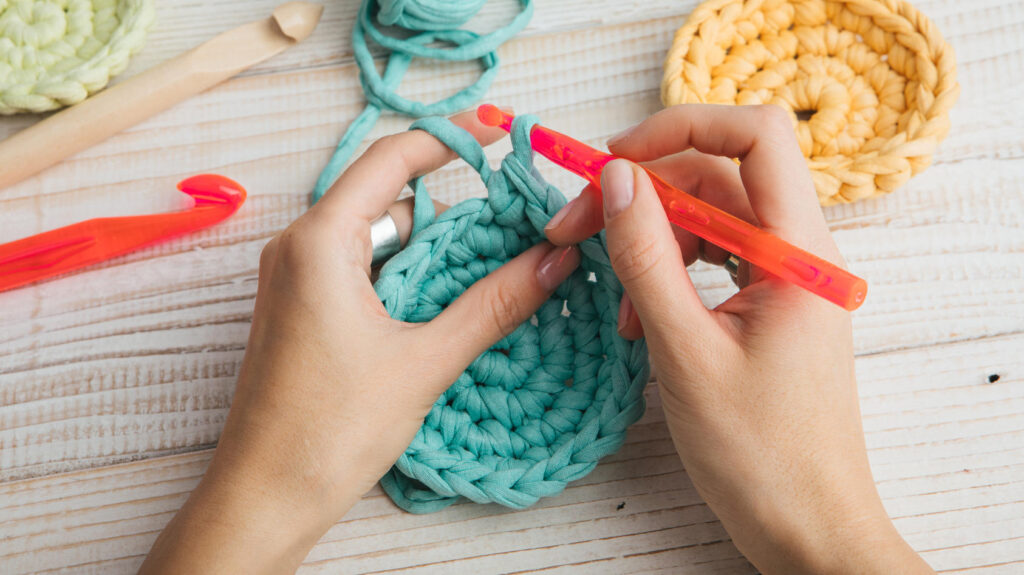
This image is property of ais-akamai.rtl.de.
Color and Design
Utilizing Yarn Colors for Different Effects
Choosing the right colors for your crochet project can enhance the overall design and create different visual effects. Colors can evoke different emotions and convey messages. Bright and bold colors elicit a sense of energy and excitement, while pastel colors create a calming and soothing effect. Consider color theory and the desired mood of your project when selecting yarn colors. Monochromatic color schemes can create a sophisticated and elegant look, while contrasting colors add visual interest and make your stitches pop. Experiment with different color combinations and consider the impact they have on your finished piece.
Creating Patterns and Designs with Various Yarn Colors
The beauty of crocheting is that you can create intricate patterns and designs using different yarn colors. Colorwork techniques, such as tapestry crochet, intarsia, or mosaic crochet, allow you to incorporate multiple colors into your project. These techniques can be used to create geometric patterns, pictures, or motifs within your crochet piece. Consider the level of complexity you’re comfortable with and choose a design that suits your skill level. Whether you’re adding a simple stripe or creating an elaborate colorwork masterpiece, playing with yarn colors adds a personalized touch to your crochet projects.
Specialty Yarns
Exploring Novelty Yarns for Unique Projects
Novelty yarns offer a fun and creative twist to your crochet projects. These yarns come in unique textures, colors, and compositions and can be used to create one-of-a-kind accessories or decorative items. Some popular types of novelty yarns include eyelash yarn, ribbon yarn, and ladder yarn. Eyelash yarn creates a fluffy and textured effect reminiscent of fur or feathers, making it perfect for adding trim or accents to projects. Ribbon yarn is flat and wide, creating a striking look when crocheted into scarves or bags. Ladder yarn features small ladder-like openings along its length, adding an interesting visual element to any crochet design.
Incorporating Specialty Yarns into Crochet Patterns
When using specialty yarns in your crochet projects, it’s important to consider how they will behave with different stitch patterns and techniques. Some specialty yarns may be more challenging to work with, especially if they have a high level of texture or are slippery. Simple stitch patterns and basic techniques may be best suited for showcasing the unique characteristics of the yarn. Additionally, consider the intended use of your project. Novelty yarns can create eye-catching accessories or decorative items, but may not be as practical for everyday wear. Experiment and have fun incorporating specialty yarns into your crochet patterns, adding a touch of creativity and uniqueness to your projects.
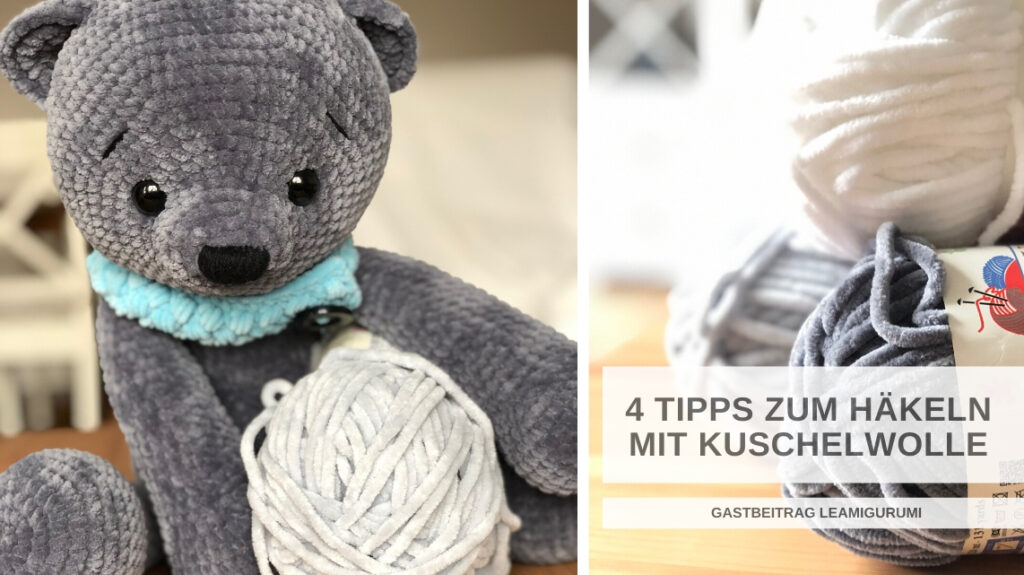
This image is property of www.heartdeco.ch.
Yarn Care and Maintenance
Understanding Yarn Care Symbols
Proper care and maintenance of your crocheted items start with understanding the yarn care symbols indicated on the yarn label. These symbols provide valuable information on how to clean, dry, and store your crocheted pieces to maintain their beauty and longevity. Common symbols include washing instructions such as hand wash, machine wash, or dry clean, as well as temperature and drying method recommendations. It’s essential to follow these guidelines to prevent damage to your project and ensure that it stays looking its best for years to come.
Properly Washing and Storing Crocheted Items
Different types of yarn and crochet projects may require specific care instructions. Handmade items often benefit from gentle washing methods to avoid stretching, felting, or damaging the yarn. For most crocheted items, hand washing in cool water with mild detergent is recommended. For delicate or intricate pieces, placing them in a mesh laundry bag can help protect them during the washing process. After washing, reshape your items and lay them flat to dry to maintain their shape. Storing crocheted items in a clean, dry place away from direct sunlight and potential pests will help prolong their lifespan and keep them looking their best.
Crocheting Techniques
Mastering Basic Crochet Stitches
To become proficient in crocheting, it’s important to master the basic crochet stitches. These stitches form the foundation for all crochet projects and allow you to create a variety of patterns and designs. Some essential stitches to learn include the slip stitch, single crochet, half double crochet, double crochet, and treble crochet. Each stitch has its own unique characteristics and uses. By practicing these stitches and understanding how they are used in crochet patterns, you’ll gain the confidence to tackle more complex projects and explore advanced techniques.
Exploring Advanced Crochet Techniques
Once you have a solid foundation in the basic crochet stitches, you can start exploring advanced crochet techniques to expand your skills and repertoire. Advanced techniques include working with front and back post stitches, creating cables, lacework, and colorwork, and incorporating shaping techniques to create three-dimensional items. Advanced techniques may require more concentration and practice to master, but they allow you to create intricate and stunning crochet projects. Challenge yourself to step outside your comfort zone and learn new techniques to elevate your crochet skills and create show-stopping pieces.
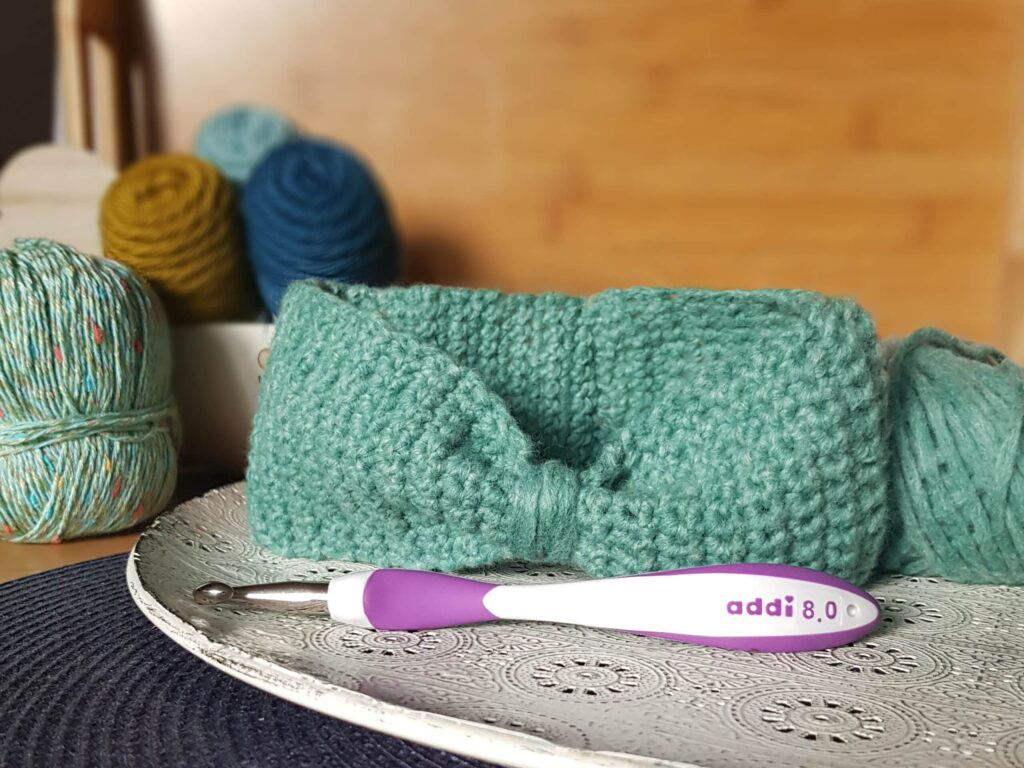
This image is property of addi.de.
Adjusting Tension
Understanding the Importance of Tension in Crocheting
Tension refers to the tightness or looseness of your stitches and plays a crucial role in the appearance and size of your crochet projects. Consistent tension ensures that your stitches are uniform and the finished item maintains its intended size and shape. If your tension is too tight, your stitches will be smaller and more rigid, resulting in a smaller finished project. If your tension is too loose, your stitches will be larger and looser, leading to a larger finished item. Understanding and maintaining proper tension is key to creating beautifully balanced and well-fitting crochet pieces.
Tips for Consistent Tension when Working with Different Yarns
Achieving consistent tension can be challenging, especially when working with different yarns that have varying thicknesses or textures. Here are a few tips to help you maintain even tension across your crochet projects:
-
Practice: Regular practice is essential to develop muscle memory and a consistent crochet rhythm. The more you crochet, the more natural it will become to maintain consistent tension.
-
Relax: Try to relax your grip on the yarn and hook. Tension often increases when we clench the yarn too tightly. Experiment with different ways of holding your hook and yarn to find what feels most comfortable and relaxed for you.
-
Use the Right Hook Size: Using the recommended hook size for your yarn can significantly affect your tension. If your stitches are consistently too tight or too loose, try using a larger or smaller hook to achieve the desired tension.
-
Gauge Swatch: Before starting a new project, make a gauge swatch using the recommended hook size and stitch pattern. Measure the gauge according to the pattern instructions to ensure your tension matches the requirements. If necessary, adjust your hook size accordingly.
-
Practice Tension Adjustments: When transitioning from one yarn to another, take the time to practice your tension with the new yarn. Work a small swatch to assess your tension and make any necessary adjustments before starting your main project.
By implementing these tips and practicing good tension control, you’ll be able to achieve uniform and consistent stitches, regardless of the yarn you’re working with.
Conclusion
Summary of the Versatility of Crocheting with Different Yarns
Crocheting offers an incredible range of possibilities and versatility when it comes to working with different yarns. Whether you’re creating cozy accessories with animal fibers, lightweight garments with plant-based fibers, or experimenting with synthetic yarns, each type of yarn brings its unique qualities to your crochet projects.
Encouragement to Experiment with Various Yarns in Crochet Projects
As you delve deeper into the world of crocheting, don’t be afraid to step outside your comfort zone and experiment with different types of yarns. Trying new fibers, weights, textures, and colors will not only expand your crochet skills but also open up endless possibilities for creativity. So go ahead, grab your crochet hook, and embark on a journey of exploration and self-expression through the wonderful world of crochet and yarn. Happy crocheting!
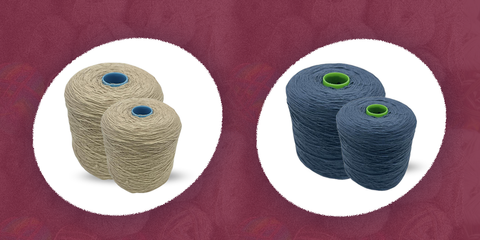
This image is property of cdn.shopify.com.
